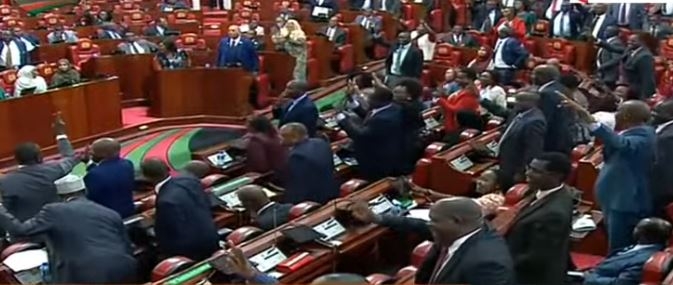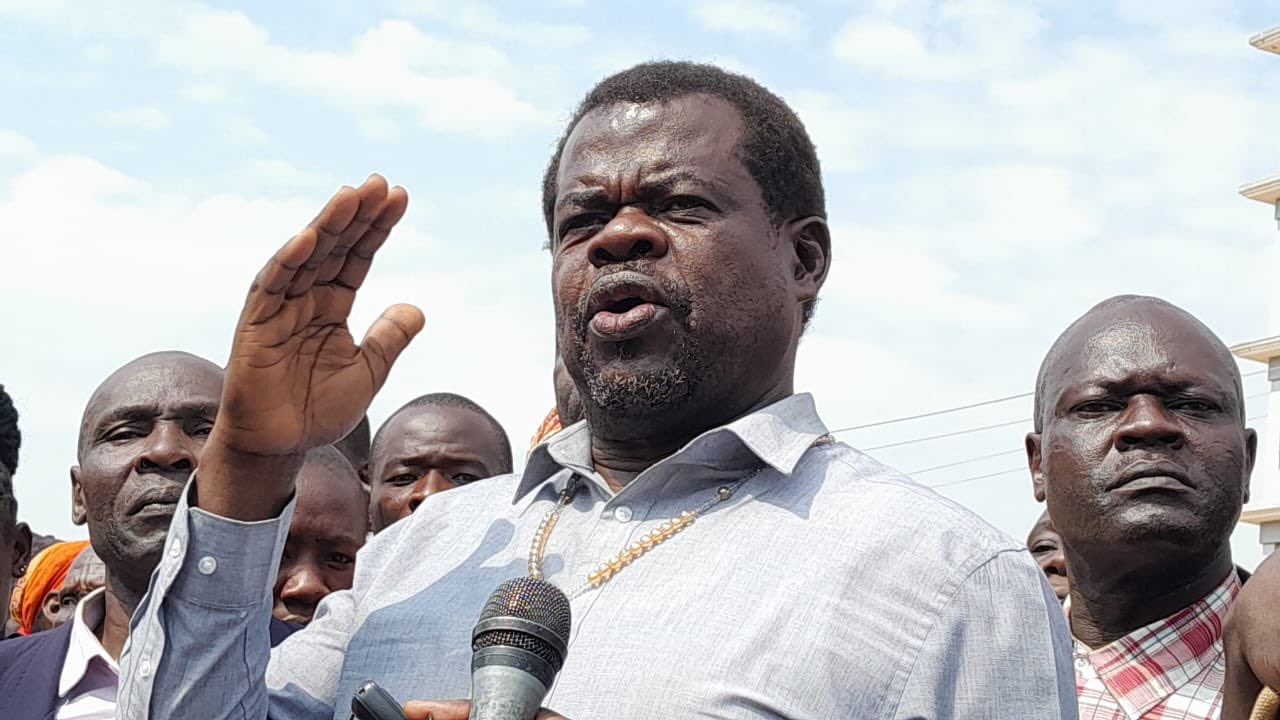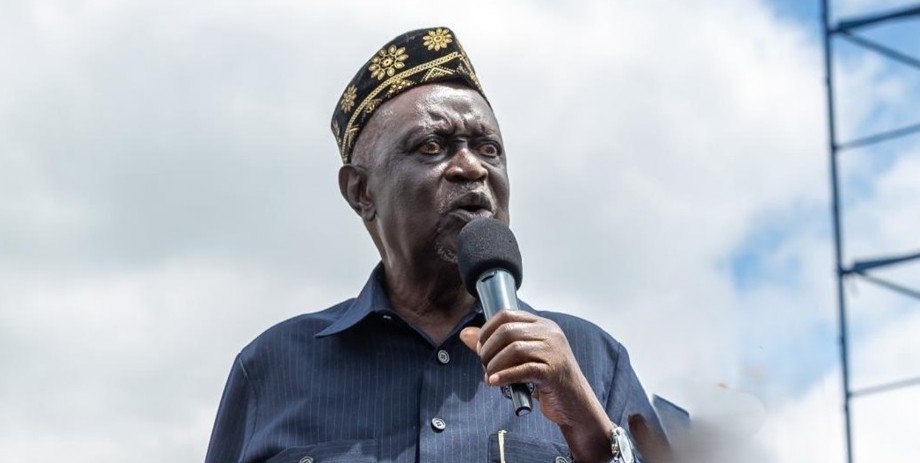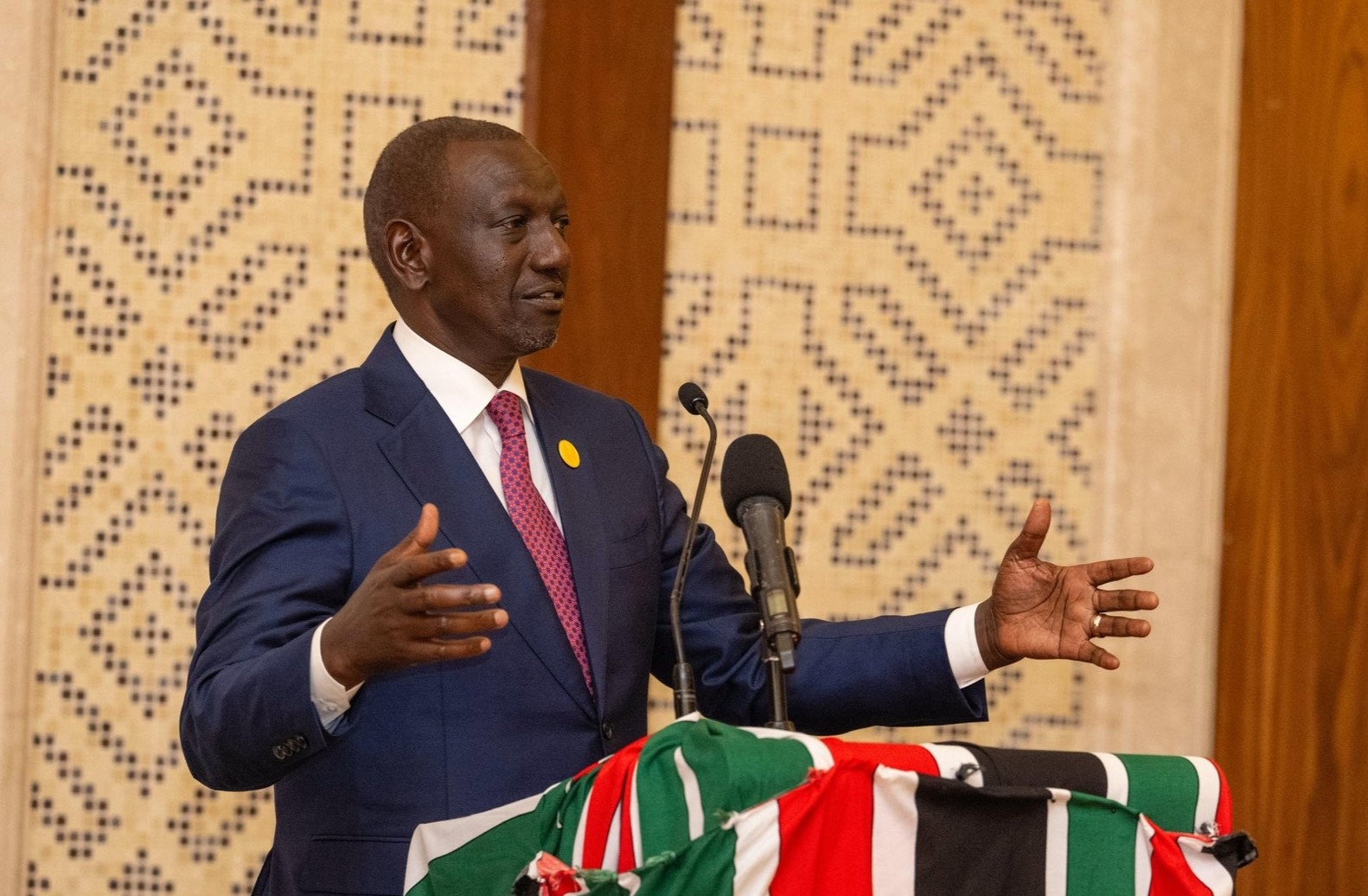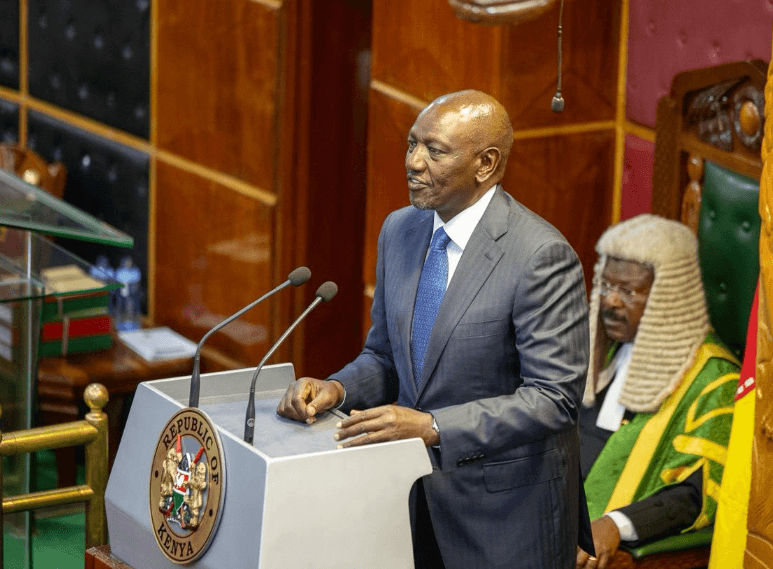This week has been interesting because of a shift in the economy conversation.
All the leading presidential aspirants have joined the conversation on reviving the economy. It’s thus clear the economy will be the main issue in the 2022 campaigns.
This also comes against the backdrop of a national survey that revealed 72 per cent of Kenyans believe the country is headed in the wrong direction, with issues such as unemployment and loss of livelihoods topping the list of concerns.
The bottom-up economic model is at the centre of intense debate, with critics having to disparage it or provide their own alternatives.
We shall come to the specifics of the model, but it’s important to note that since independence and even beyond that, the trickle-down economics have unsuccessfully been championed as solutions to the country’s problems. In fact, it has led to huge inequalities as compared to the unorganised informal economy that accounts for 85 per cent of our country’s employment.
ODM leader Raila Odinga has reacted to this debate by explaining that if he becomes president, his government would focus on the revitalisation of the rural economy through infrastructure in areas such as the provision of clean water and cheap electricity.
This, he says, will reduce rural–urban migration so that people don’t have to live in deplorable conditions worse than the ones they had in their rural areas.
ANC’s Musalia Mudavadi on one hand considers himself a safe pair of hands to ensure Kenya manages its public debt through a debt management authority.
Wiper’s Kalonzo Musyoka, on the other hand, believes in developing a common agricultural policy that guarantees food security and animal welfare.
What all the above tells you is that the trickle-down approach doesn’t seem to have worked in the past 60 years.
It’s, therefore, important to put into perspectives the trickle-down versus bottom-up approaches in economic development.
To begin with, the trickle-down model assumes that if you have a bottle and water is poured from the top, it will first flow down to the bottom until the bottle is filled up. This model has proven that it’s like having a wine glass whose cap at the top doesn’t get filled as it’s gobbled up while asking for more.
On the contrary, the bottom-up approach is about the people, their buildings and cultures that provide a very good foundation for equal opportunity in business and generally in life.
People always know what they want to do with themselves provided they are given space and an enabling environment to exercise these ideas. It’s therefore democratic to an avenue for millions of possibilities.
Trickle-down approach encourages dependence since one is supposed to take up the leftovers from the big companies after they have raked in the profits. It’s a one size fits all product, while bottom-up approach is about having diverse products that are custom-made to markets and regions, thus making it difficult to outsource.
This guarantees job opportunities for the local people.
In fact, trickle-down economics leads to spikes in terms of growth with a bullish versus bearish market outlook that largely depends on the decisions of a select few.
The bottom-up model has slow but steady, broad-based growth that is supported by a myriad of economic activities that leads to more choices for the customer due to product diversification, and the ease of decision-making.
Trickle-down economics thus tend to be elitist, formal, structured and long–term, while bottom up approaches tend to be street smart, quick and responsive to the market needs within a very short turn-around time.
There are four pillars of the hustler nation ideology.
The first is economic empowerment through the provision of affordable micro-credit and reduction of domestic borrowing by government thus lending by banks to medium enterprises. This is coupled with replication of best practices under the existing special funds such as Uwezo, youth and women enterprise funds. A Sh100 million kitty shall be set up at the constituency level to provide grants and revolving loans over a five years.
The second pillar is housing. There are only 30,000 mortgages in Kenya against the need for over one million houses per year. Through modern technology, it’s important to avail housing to the lower end of the market such that someone paying Sh15,000 a month can rent to own a house for as low as Sh 600,000 in four to five years.
The housing plan shall be segmented to include social housing for the most needy, low cost housing for the lower income earners and middle to high-level housing that the market already provides but with the aim of reducing the cost through increasing supply and reforming the regulatory framework.
This way, we shall create millions of jobs for welders, masons, carpenters etc from TVET institutions, while at the same time help in land re-consolidation for agricultural purposes. This will create more jobs and markets.
The third pillar is agriculture through the improvement of productivity and defining, developing and expanding the value chain so that we don’t export raw materials such as hides and skins that only account for 15-25 per cent of the value chain.
It’s also important to segment the various value-chains to be custom-made to various counties and regions for effective distribution. Further, externalise our market to take advantage of the Africa Continental Free Trade Area through the regional economic blocs.
If the more than 15 million small businesses can increase their daily income of between Sh200-Sh300 to Sh400-Sh600, there is a potential to increase our GDP by up to Sh5 trillion. This will provide more revenue to government of up to 25 per cent of our GDP annually, translating to about Sh2.5-Sh3 trillion in ordinary revenue at the national level.
The fourth pillar is healthcare. In this regard, monthly contributions to NHIF will be a percentage of one’s basic pay as opposed to a one off figure that is capped at Sh1,700 despite some earning 10 times more than others.
Such funds should be properly channeled to public health facilities to ensure they are properly run for effective service delivery to provide for universal health coverage. The current model favours private hospitals.
The fifth and final pillar is fiscal discipline through reduction of government wastage and corruption perpetuated by inflated bills.
A serious realignment of the budget through fiscal consolidation and the principal of subsidiarity shall go a long way in ensuring taxpayers' money is well spent.
The bottom-up approach is thus a democratic, egalitarian and sustainable way of baking the cake for all to share.






